
10 Key Insights from Virtual Shelf Research
By Emazing Retailing
- article
- Shopper Research
- Product Testing
- Pack testing
Optimizing product pages based on actual shopper behavior on e-commerce platforms like Amazon is crucial. Emazing Retailing’s virtual shelf research approach incorporates advanced A/B testing techniques within controlled, realistic online shopping environments. These settings are crafted to mimic actual shopping experiences, ensuring that the derived insights reflect genuine consumer behavior.
For more on shopper research, check out our explainer below:
What is Shopper Research?
The methodology focuses on capturing detailed shopper interactions with product images, focusing on elements such as click-through rates, engagement, and conversion potential. In the context of e-commerce, where even incremental improvements in product visibility or engagement can influence sales outcomes, such precision is especially valuable.
A distinguishing aspect of this approach is its emphasis on real-world application. Unlike traditional methods that primarily rely on surveys or focus groups, this testing replicates live shopping conditions to uncover insights directly linked to purchasing behavior. This allows brands to adjust product images based on data that closely reflects actual shopper behavior.
Stay up to date
Subscribe to receive the Research Tools Radar and essential email updates from Insight Platforms.
Your email subscriptions are subject to the Insight Platforms Site Terms and Privacy Policy.
Our research from virtual shelf analysis highlights actionable strategies to make product visuals more effective in drawing attention and driving conversions:
1. Leverage Contrasting Colors
Products with white or neutral packaging often blend into the standard white backgrounds used by many e-commerce platforms. To counter this, incorporate contrasting colors that make your product visually distinct. This doesn’t mean altering your branding but using surrounding elements or subtle accents to create contrast that draws the eye.

2. Maximize Product Size
Products that take full advantage of the allowable image dimensions appear larger, more prominent, and more compelling in search results. A small-looking product image, even if the actual product is sizable, can deter clicks and reduce perceived value. Ensure your image fills the frame while adhering to platform guidelines.

3. Stand Out with Vivid Tones
In product categories dominated by muted or similar colors, using bold, bright tones helps break through the visual monotony. If your product naturally features a unique color, ensure this is emphasized in your imagery to capture attention quickly.
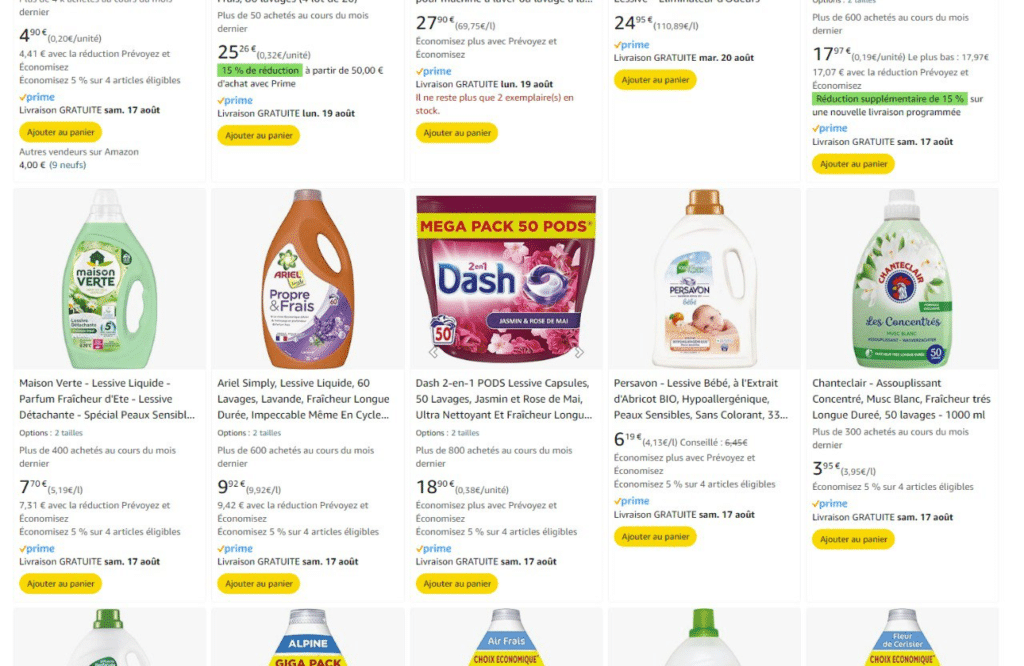
4. Integrate Key Visual Cues
Shoppers often scan product images for quick confirmations of key attributes, such as size, material, or functionality. Including recognizable icons, labels, or design features in the image itself can reassure potential buyers and reduce hesitation. Visual cues should be intuitive and aligned with what your target audience expects.
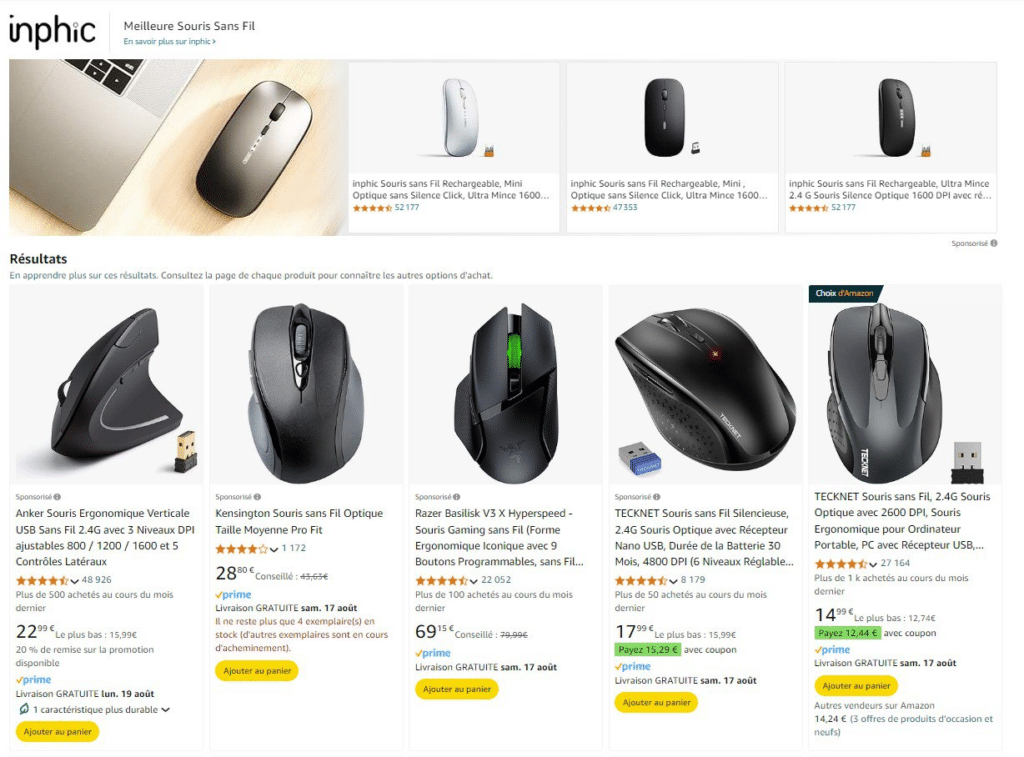
5. Differentiate Thoughtfully
Adhering to category norms maintains shopper trust but subtle differentiation – such as highlighting your product’s unique shape, benefits, or packaging – can make it more appealing. A well-thought-out design not only adds visual interest but also emphasizes features that set your product apart. Strive for a balance between familiarity and originality to ensure your product stands out while remaining relatable to shoppers.
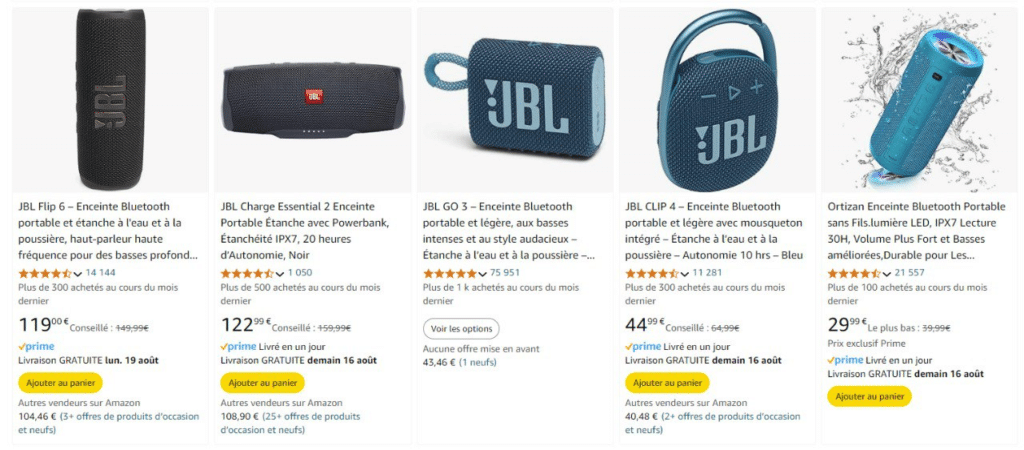
6. Fit the Format
Design product images to align naturally with platform-preferred formats. For example, Amazon favors square images, so ensure your product looks balanced and visually appealing in this frame. Consider filling any negative space with complementary elements, such as product accessories, while maintaining a clean, uncluttered look.

7. Be Creatively Compliant
Platforms like Amazon enforce strict image guidelines, but creativity within these boundaries can help your product stand out. For example, using a close-up of the product’s texture can evoke a sensory experience while staying compliant.
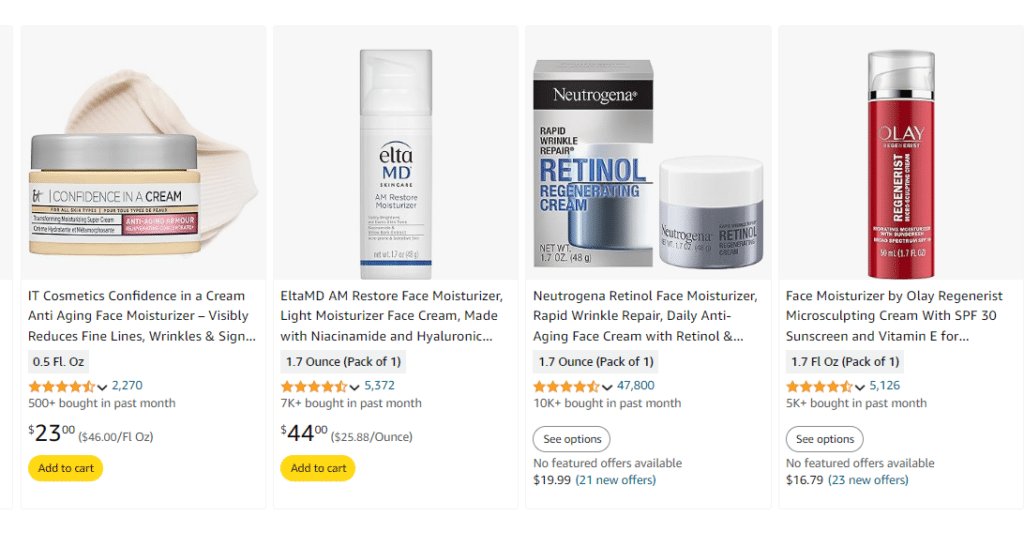
8. Enhance Digital Packaging
In the absence of physical interaction, your product image must communicate essential details. Highlight key features, such as certifications, size, or uses, in a clean and visually appealing way. Avoid clutter or misleading graphics as shoppers value clarity and honesty.
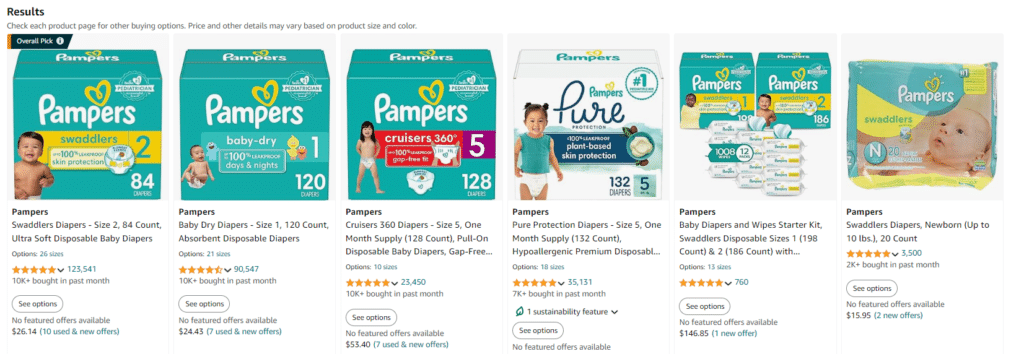
9. Monitor Competitors
Regularly assess how competitors present their products on virtual shelves. Notice trends, innovations, or missteps in their images, and evaluate your own visuals in comparison. Staying informed helps ensure your product doesn’t look outdated or less attractive in a constantly changing market.

10. Commit to Continuous Testing
What works today might not work tomorrow as shopper behaviors and trends evolve. Experiment with different layouts, angles, and visual elements to identify what resonates most with your audience. Use data to guide your decisions, ensuring that your testing efforts are both effective and low-risk.
These actionable virtual shelf research recommendations enhance the effectiveness of primary product images, effectively amplify product visibility, boost online sales, forge a deeper connection with your target audience, and elevate your overall presence in a competitive digital ecommerce marketplace.



